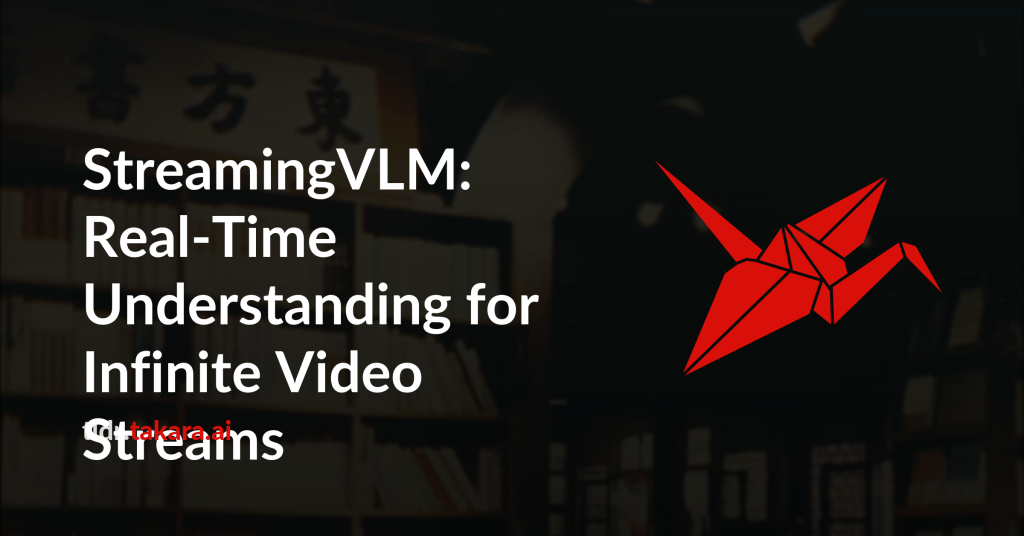Vision-language models (VLMs) could power real-time assistants and autonomous
agents, but they face a critical challenge: understanding near-infinite video
streams without escalating latency and memory usage. Processing entire videos
with full attention leads to quadratic computational costs and poor performance
on long videos. Meanwhile, simple sliding window methods are also flawed, as
they either break coherence or suffer from high latency due to redundant
recomputation. In this paper, we introduce StreamingVLM, a model designed for
real-time, stable understanding of infinite visual input. Our approach is a
unified framework that aligns training with streaming inference. During
inference, we maintain a compact KV cache by reusing states of attention sinks,
a short window of recent vision tokens, and a long window of recent text
tokens. This streaming ability is instilled via a simple supervised fine-tuning
(SFT) strategy that applies full attention on short, overlapped video chunks,
which effectively mimics the inference-time attention pattern without training
on prohibitively long contexts. For evaluation, we build Inf-Streams-Eval, a
new benchmark with videos averaging over two hours that requires dense,
per-second alignment between frames and text. On Inf-Streams-Eval, StreamingVLM
achieves a 66.18% win rate against GPT-4O mini and maintains stable, real-time
performance at up to 8 FPS on a single NVIDIA H100. Notably, our SFT strategy
also enhances general VQA abilities without any VQA-specific fine-tuning,
improving performance on LongVideoBench by +4.30 and OVOBench Realtime by
+5.96. Code is available at https://github.com/mit-han-lab/streaming-vlm.

